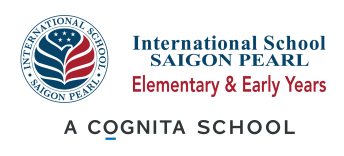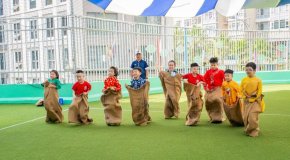Contents
Nowadays, the Reggio Emilia educational approach is becoming more popular in Vietnam and worldwide due to its values to early years students. So what is Reggio Emilia approach? What are three core principles of this approach? What is the difference between Reggio Emilia and Montessori approaches? To help parents improve their understanding of this philosophy, please read the below article of International School Saigon Pearl (ISSP).
>> Read more about learning program of ISSP at Early Years Curriculum
What is Reggio Emilia approach?
The Reggio Emilia approach, developed by Italian psychologist Loris Malaguzzi in the late 1970’s, is an educational philosophy focused on preschool students aged 3 to 5 years.
With the help of local parents and citizens in the northern Italian town, Loris Malaguzzi began this new approach for learning after World War II. This approach was built based on the notion that students are competent and full of potential to thrive in a self-guided learning environment. It is believed that through guiding principles of the Reggio Emilia approach, students are able to enjoy learning actively, engage with the community and surrounding environment, to build social skills such as problem solving, critical thinking, creative thinking skills, etc. and to express themselves with confidence.
In 1963, Loris Malaguzzi Malaguzzi opened the first Reggio Emilia preschool. After that, this approach has developed, evolved and gained popularity around the world.
Read more: What is Montessori? Comparison of Montessori and Reggio Emilia teaching and learning approaches
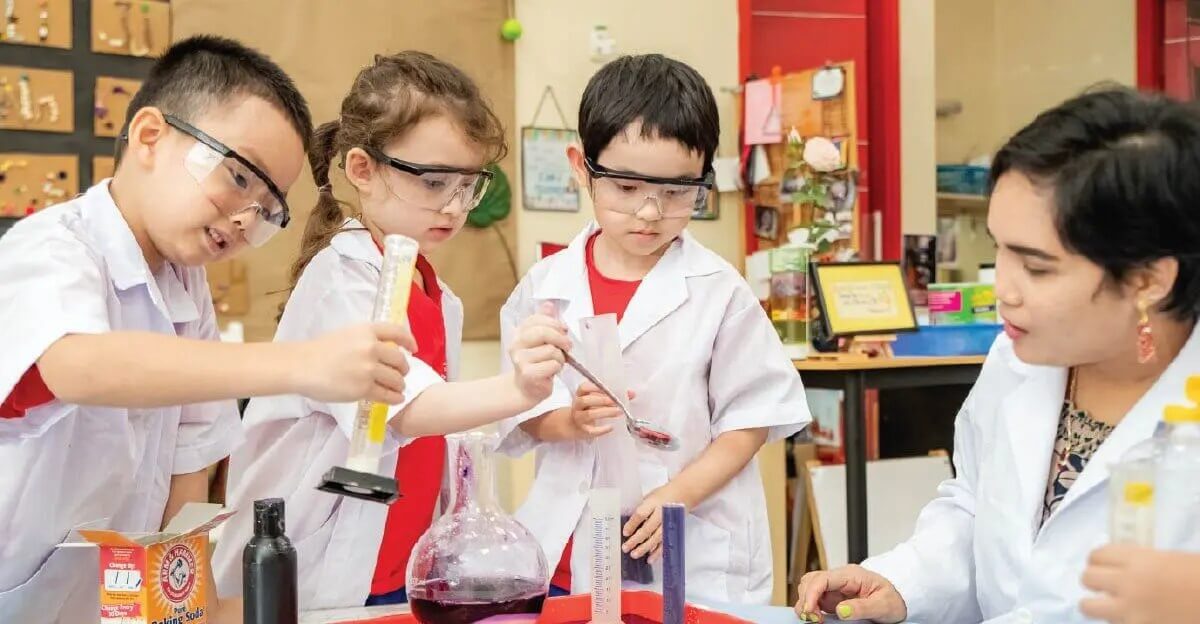
What are three core principles of Reggio Emilia approach?
The child is the central of their learning process
In the Reggio Emilia approach, early years students are the protagonist of their learning process. They are inspired to pursue their own interests, to know and learn at their own pace. In other words, preschool students are active collaborators in their education, not passive observers.

Besides, “100 Languages of Children” is a profound concept related to image of the child in the Reggio Emilia approach. This concept is described as that early years students are natural communicators and have many ways of thinking, exploring, discovering, expressing, learning and playing. For this reason, they are encouraged to communicate and demonstrate what they understand, wonder, feel and imagine in different ways. This may include using words, drawings, paintings, sculptures, buildings and so on.
Teachers are partners in children’s learning process
In the Reggio Emilia philosophy, teachers play an important role in the learning process of early years students. They are expected to be partners, nurturers, and guides who support students to gain knowledge, experiences, open-ended discovery and life skills such as problem solving, decision making, critical thinking, etc. The main goal for the teachers is to listen, question, observe and encourage further exploration of a child’s interests in both short and long terms. As a mentor, teachers are not planning projects or learning lessons in advance. All projects and learning lessons in class are built and emerged based on the interests of students.
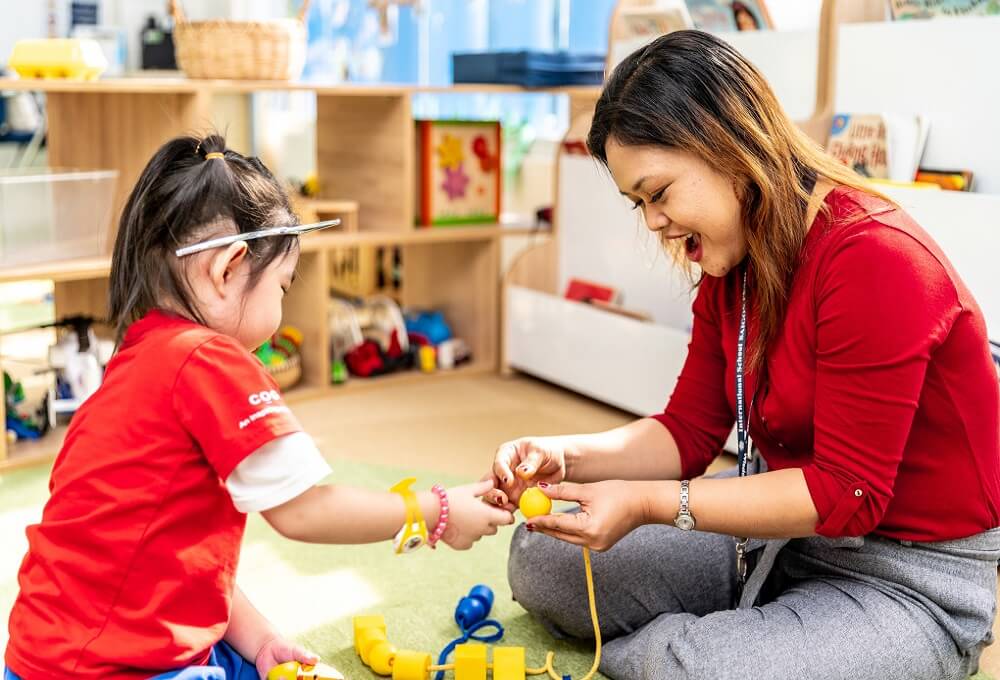
The environment as a third teacher
The flexible and open-ended environment is an important component of the Reggio Emilia approach. Classroom plays a role as a place where students can share relationships with their friends and teachers, and can feel that they are belonging to an alive, welcoming, and authentic world. In addition, classrooms should be designed to be interrelated with common spaces as well as outside communities. Students are also encouraged to develop real-life interactions by using natural furnishing and learning materials.
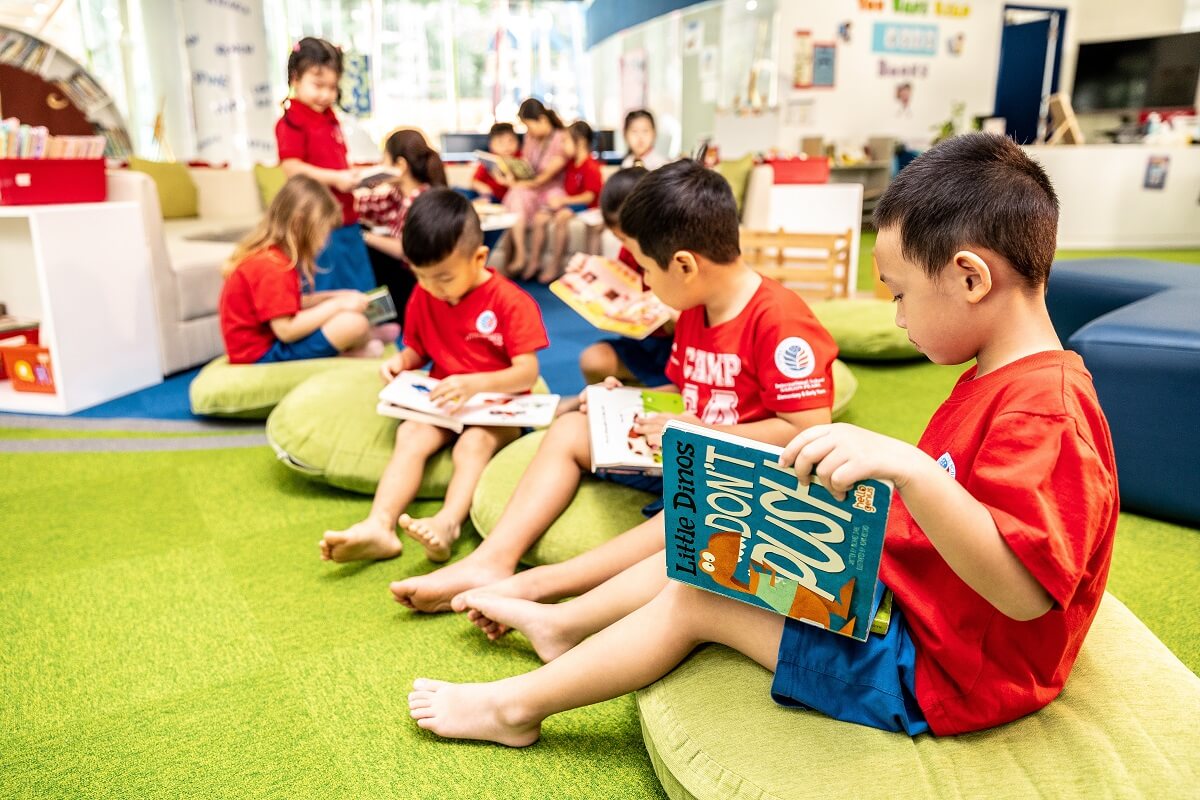
The differences between Reggio Emilia and Montessori approaches
Similar to Reggio Emilia, Montessori is another educational philosophy which has been adopted by a lot of local and international schools in the world. Both approaches originally come from Italy and focus on the self-studying of students. However, there are some differences between the two approaches as shown in the table below.
| Criteria | Reggio Emilia approach | Montessori approach |
| Age of students | The Reggio Emilia approach only focuses on early years students aged 3 to 5 years. In a Reggio Emilia classroom, children are in a group of traditional age ranges (year by year). | The Montessori approach focuses on both preschoolers aged 3 to 5 years and younger teenagers aged 12 to 15 years. In a Montessori classroom, children are in a particular age group such as 3 to 6 year olds or 4 to 7 year olds and so on. |
| Role of teachers | In Reggio Emilia philosophy, teachers are co-learners and collaborators who are involved in the learning process of students for observing and monitoring their development. | In Montessori philosophy, teachers are quiet observers, who only observe children and sometimes introduce some learning materials students may enjoy, while they work at their own pace. |
| Learning environment of students | The learning environment of students in a Reggio Emilia classroom is more flexible and open-ended. Students work and learn collaboratively in teams. | The learning environment of students in a Montessori classroom is more predetermined and structured. Students work and learn individually at their own pace. |
International School Saigon Pearl (ISSP)
Belonging to the international education group Cognita with more than 85 member schools worldwide, International School Saigon Pearl (ISSP) is purpose-built Early Years and Elementary international school for children from 18 months to 11 years old in Binh Thanh District, Ho Chi Minh City, Vietnam. Currently, ISSP is the only Early Years and Elementary international school in Vietnam that is fully accredited by two prestigious international accreditation organizations, the Council of International Schools (CIS) and the New England Association of School and Colleges (NEASC). Since 2023, ISSP has been officially authorized by the International Baccalaureate Organization (IBO) to offer the IB PYP curriculum, known for its high academic standards.
Read more: What is the IB program? What are the benefits of IB program for students?
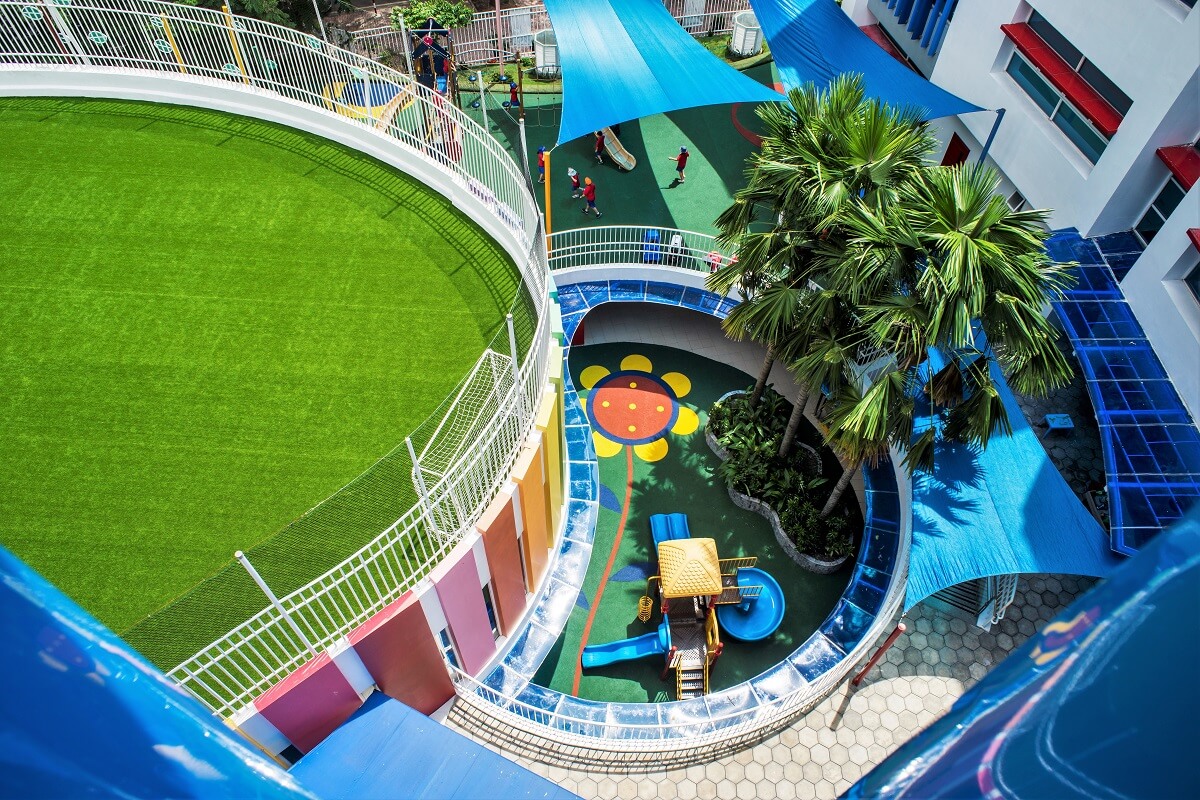
At International School Saigon Pearl, preschool teachers apply the Reggio Emilia approach to early years learning standards with 8 domains including approaches to learning, physical development, social and emotional development, communication and literacy, mathematics, science, social studies, creative arts. This allows early years students to construct their own learning and build relationships with their classmates. In addition, ISSP teachers always observe, listen to and support students to find their own path in their educational journey.
ISSP always welcomes and wishes to create an opportunity for parents to visit ISSP and to have a conversation with our Academic Leaders to better understand the Reggio Emilia approach for early years education. For further information about ISSP or booking a tour to visit ISSP, parents can contact the ISSP Admissions Office via:
- Phone: +84 (028) 2222 7788
- Email: admissions@issp.edu.vn
- Tuition Fee – International School Saigon Pearl
- School Services – International School Saigon Pearl
- Application Process
- Early Years Curriculum
- Kinder and Elementary School Curriculum
The article has given information related to the Reggio Emilia approach including definition, core principles and benefits to early years students. Hopefully, these information will be useful to parents for better understanding of the Reggio Emilia.
